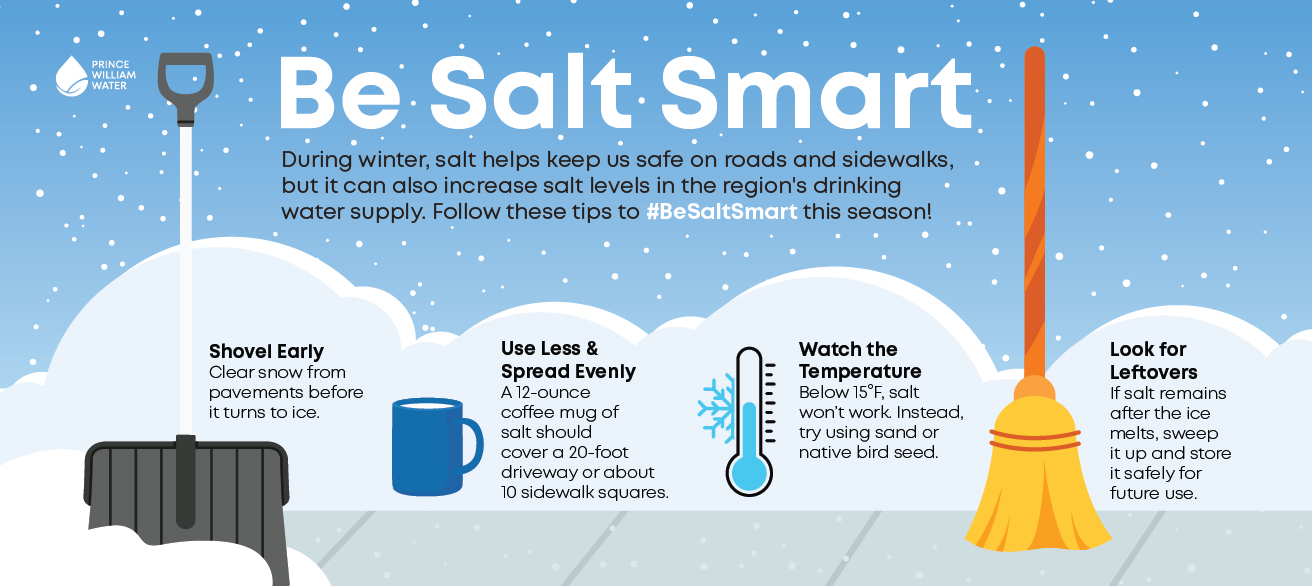Be Salt Smart
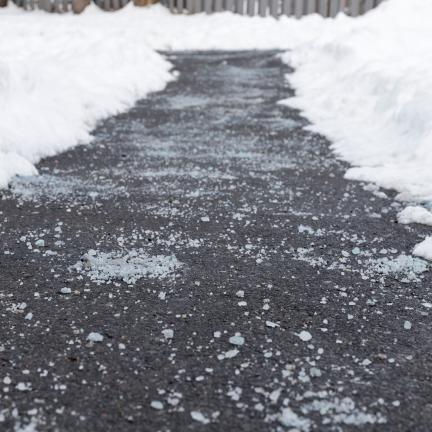
Salt use in winter offers clear benefits, such as safer roads, walkable pathways, and keeping businesses and essential services operational. However, the salt used on sidewalks, driveways and roads can also be harmful to the environment, including our water resources.
Salinity, or salt content, is increasing in freshwater environments around the globe. Salt not only enters the environment from roads and pathways; it is also present in household chemicals, food, beverages, discharges from industrial processes and food processing, and agricultural fertilizers. A single teaspoon of salt can pollute five gallons of freshwater.
Negative Impacts of Salt Use
- Harm to Human Health: High amounts of salt in drinking water can magnify health problems such as high blood pressure and kidney issues.
- Harm to Freshwater Plants and Animals: Salt disrupts plant health by accumulating in plant tissues, causing nutrient imbalances and making it harder for roots to absorb water. In animals, excess salt can lead to reduced reproduction or death. Some animals, such as salamanders, are especially sensitive to salt.
- Harm to Pets: Salt can dry out and burn pets' sensitive paws, leading to painful cracks or open sores. Licking salt off their paws may cause gastrointestinal issues and ingesting too much can even be fatal.
- Soil Damage: High levels of sodium can chemically alter clay in the soil, reducing drainage and compacting the soil.
- Damage to Surfaces: For driveways and walkways made of porous materials like concrete or brick, salt can trigger freeze-thaw cycles that cause cracks and crumbling.
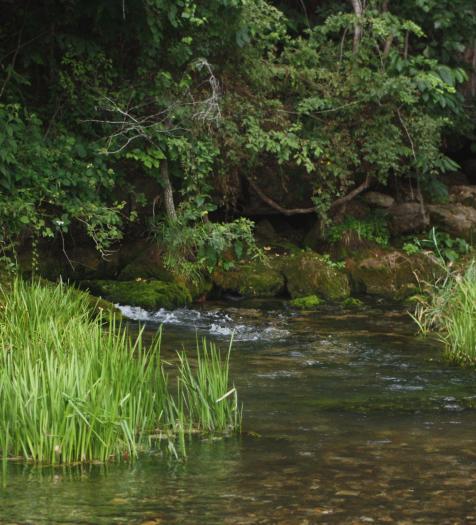
Sodium Levels
While there are no regulatory limits on sodium--a key component of salt--the EPA recommends a drinking water limit of 20 milligrams per liter for people on sodium-restricted diets and 270 milligrams per liter for people on moderately sodium-restricted diets. Since salt content can alter how water tastes, the World Health Organization established a guideline of 200 milligrams per liter for taste considerations.
For comparison, sodium levels in the Occoquan Reservoir were about 5-10 milligrams per liter in the 1980s and have risen to about 20-35 milligrams per liter in the 2020s.
Treating Water for Salinity
Prince William Water purchases drinking water wholesale, primarily from Fairfax Water. Prince William Water, Fairfax Water and other partners will continue to promote wise salt strategies that minimize costs to our customers.
Prince William Water is confident that water from the Occoquan can continue to be used as a drinking water source. If salinity levels in the Occoquan Reservoir ever approached levels that would affect the taste of drinking water, reliable technologies could be added to Fairfax Water's treatment process to reduce sodium levels, at an additional cost.

Regional Salt Management Strategies
The Virginia Salt Management Strategy (SaMS) was developed by a group of regional stakeholders, including Prince William Water, in coordination with the Virginia Department of Environmental Quality (DEQ). The SaMS Toolkit provides recommendations and resources for winter maintenance professionals and residents to become #WinterSaltSmart. It includes educational materials, outreach resources, water quality monitoring tools, and plans to better understand the impacts of winter salt use and the benefits of #WinterSaltSmart practices on water quality.
Additional resources and recommendations support collaboration, public awareness and improvements in winter maintenance practices.

How You Can Use Salt Wisely
- Shovel early. Clear snow from pavements before it turns to ice. Check out more snow and ice management tips from the Northern Virginia Regional Commission.
- Clear snow before salting! The more snow and ice present, the more de-icing compound is needed for melting.
- Place salt in the specific spots where you need it, rather than randomly scattered over an entire area. For example, sprinkle it near the door and along the entryway to your house after you shovel everything you can.
- Remove ice with a shovel. To reduce or eliminate the need for salt, start by removing ice from your driveway and sidewalk with an aluminum-edged shovel.
- Use less. More salt doesn’t mean faster melting. A 12-ounce coffee mug of salt should cover a 20-foot driveway or about 10 sidewalk squares.
- Spread evenly. Avoid applying salt in clumps.
- Watch the temperature. When it’s below 15°F, salt won’t work. Instead, try using sand or native bird seed to add traction.
- Look for leftovers. If salt remains after the ice melts, sweep it up and store it safely for future use to keep it out of rivers and streams.
- Divert downspouts. If possible, direct downspout runoff to lawn areas rather than onto walkways or driveways.
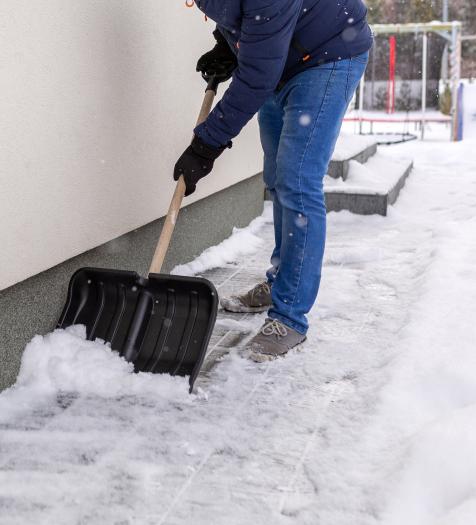
Kids can be Salt Smart, too!
These resources can teach kids about how to be salt smart! Use our fun activities to teach children how to use salt wisely when winter weather hits.
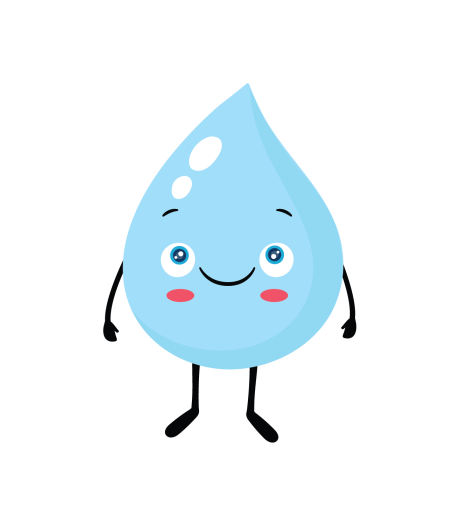
Frequently Asked Questions
-
Salt can seep into groundwater and rivers, potentially impacting drinking water sources. This is particularly concerning for individuals on salt-restricted diets, as it can increase sodium levels in the water supply.
-
- Salts used on roads, driveways, sidewalks and parking lots during winter weather eventually flow into streams and reservoirs.
- Salts from food and household detergents are flushed down household plumbing and pass through the effluent of wastewater treatment plants.
- Many industrial processes use salts that are discharged directly into streams or flushed through wastewater systems, ending up in freshwater.
-
Salt helps melt ice and snow, making roads safer for driving and walking. It reduces the risk of accidents and keeps essential services and businesses running smoothly.
However, salt can cause corrosion of roads, bridges, and vehicles. Over time, this corrosion can lead to significant repair and maintenance costs.
Additionally, salt can harm freshwater ecosystems. It can disrupt the balance for fish and other aquatic life that are not adapted to high salinity levels, causing long-term ecological damage.
To get the benefits of salt with fewer risks, you can use alternatives like sand, beet juice and other eco-friendly de-icing products. These options can be less harmful to the environment and infrastructure but may be less effective or more expensive than traditional road salt.
